This legendary camera maker has created an incredible holographic smartphone.
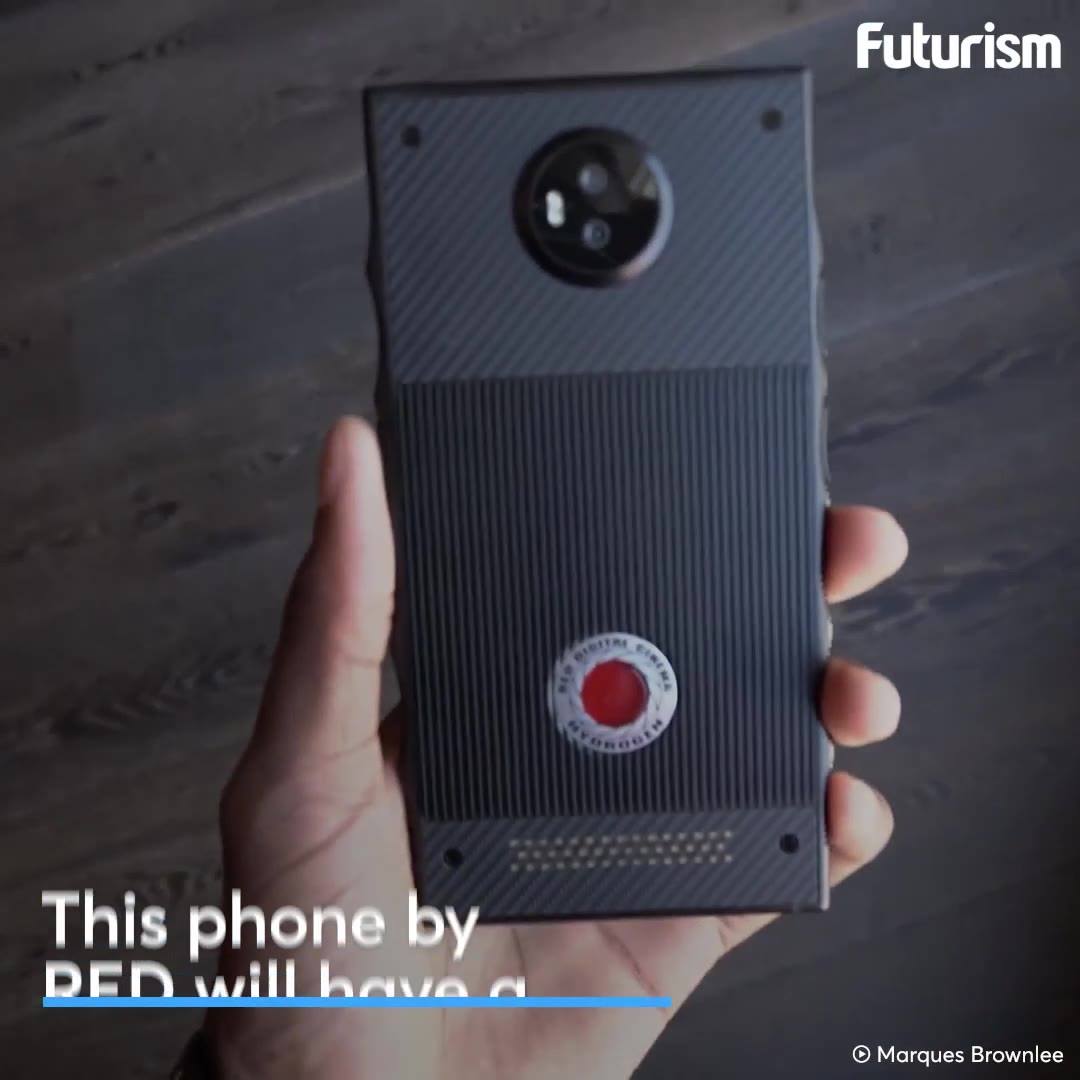


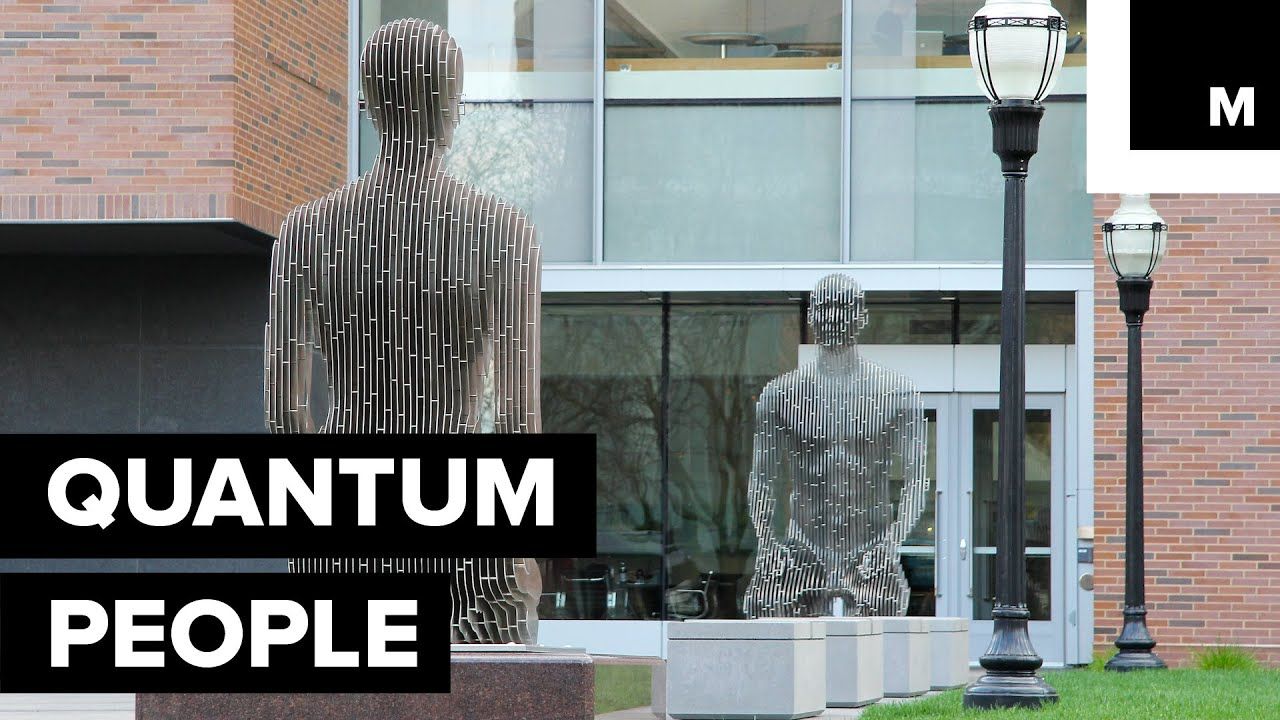
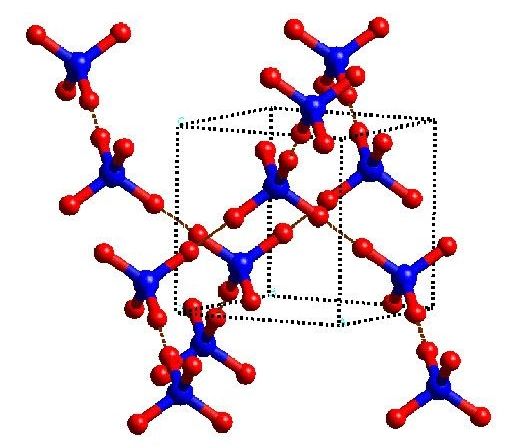
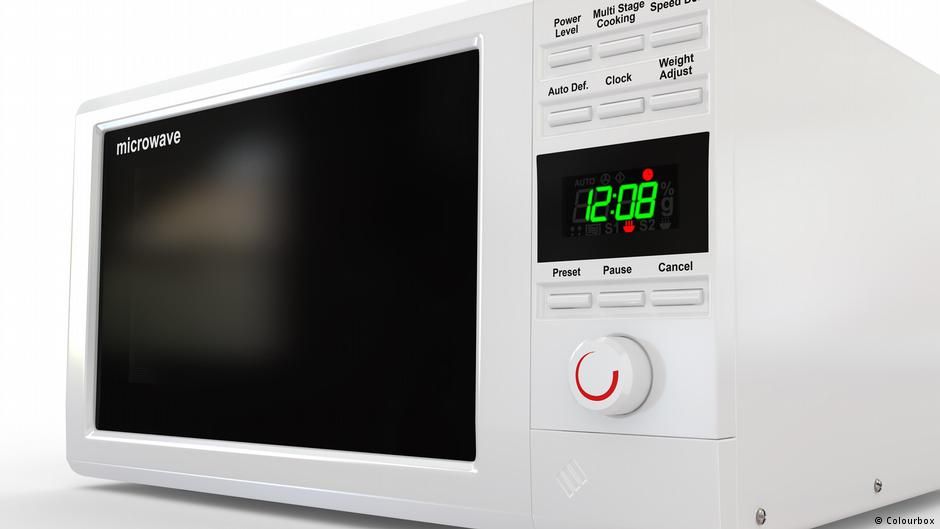
For weeks, digital clocks in Europe have been lagging behind. The unexpected source of the problem: Kosovo and Serbia, whose power grid operators can’t find common ground.
Clock radios and timers on microwaves and stoves have gotten out of sync in Europe in recent weeks. The reason: Coordination problems between the power grid operators of Kosovo and Serbia.
Since mid January power companies in Kosovo and Serbia have failed to mutually balance their electricity grids in the case of irregularities. According to the grid codes of the European Network of Transmission System Operators for Electricity (ENTSO-E), they are obliged to maintain a mean frequency of 50 hertz (oscillations per second) and help each other out if necessary.


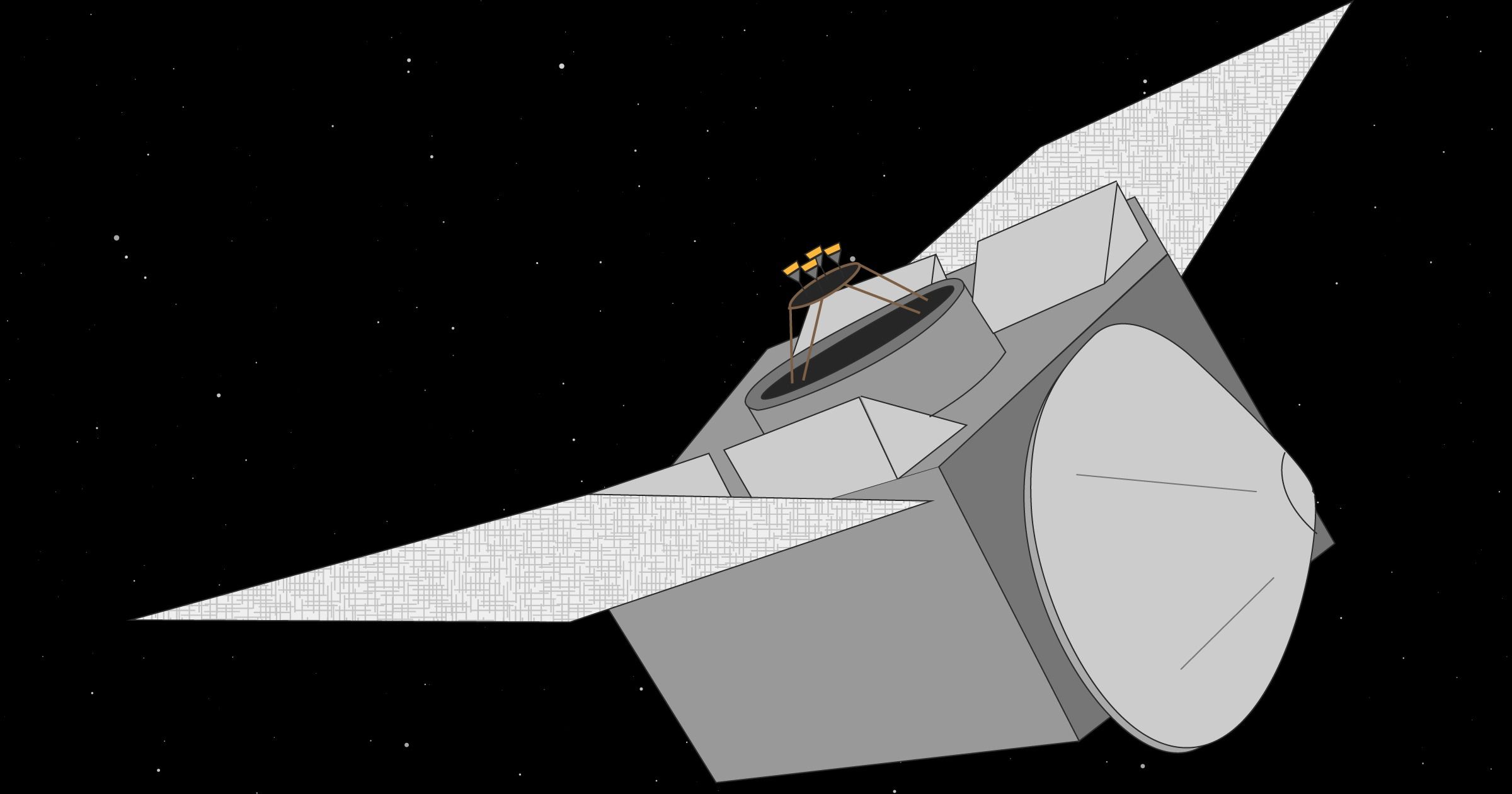
Sending a spacecraft to the far reaches of our solar system to mine asteroids might seem like an improbable ambition best left to science fiction. But it’s inching closer to reality. A NASA mission is underway to test the feasibility on a nearby asteroid, and a niche group of companies is ramping up to claim a piece of the pie.
Industry barons see a future in finding and harnessing water on asteroids for rocket fuel, which will allow astronauts and spacecrafts to stay in orbit for longer periods. Investors, including Richard Branson, China’s Tencent Holdings and the nation of Luxembourg, see a longer-term solution to replenishing materials such as iron and nickel as Earth’s natural resources are depleted.
Millions of asteroids roam our solar system. Most are thought unsuitable for mining, either because they’re too small, too inaccessible to Earth or because the materials that make up the asteroid have little value. But we know of almost 1,000 asteroids that show potential. Timing is everything, though. The varied orbits of these asteroids mean that many are nearby only once every several years.

Researchers at Harvard have described a new cancer vaccine approach that uses an injectable biomaterial scaffold to deliver a payload of tumor-specific peptides that stimulate the immune system to respond rapidly to cancer cells.
Abstract
Existing strategies to enhance peptide immunogenicity for cancer vaccination generally require direct peptide alteration, which, beyond practical issues, may impact peptide presentation and result in vaccine variability. Here, we report a simple adsorption approach using polyethyleneimine (PEI) in a mesoporous silica microrod (MSR) vaccine to enhance antigen immunogenicity. The MSR–PEI vaccine significantly enhanced host dendritic cell activation and T-cell response over the existing MSR vaccine and bolus vaccine formulations. Impressively, a single injection of the MSR–PEI vaccine using an E7 peptide completely eradicated large, established TC-1 tumours in about 80% of mice and generated immunological memory. When immunized with a pool of B16F10 or CT26 neoantigens, the MSR–PEI vaccine eradicated established lung metastases, controlled tumour growth and synergized with anti-CTLA4 therapy.
